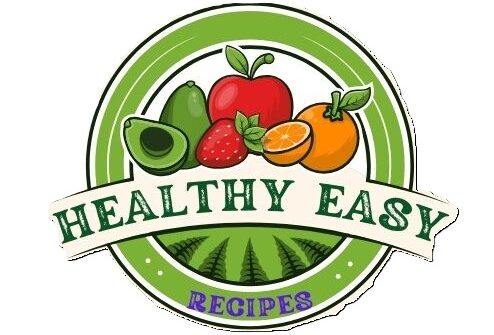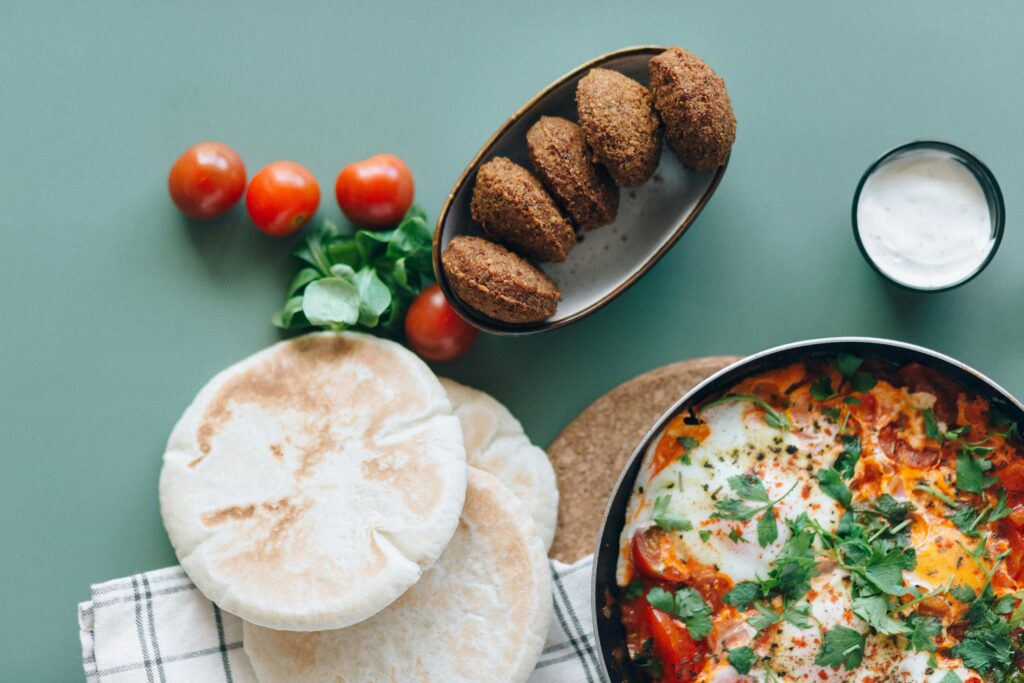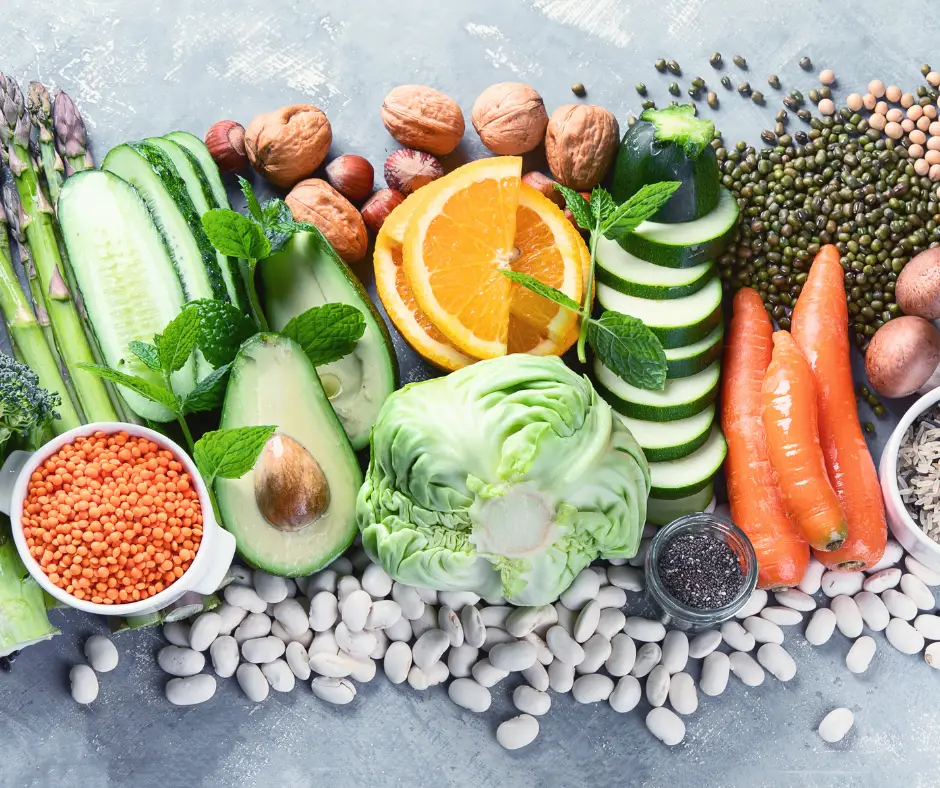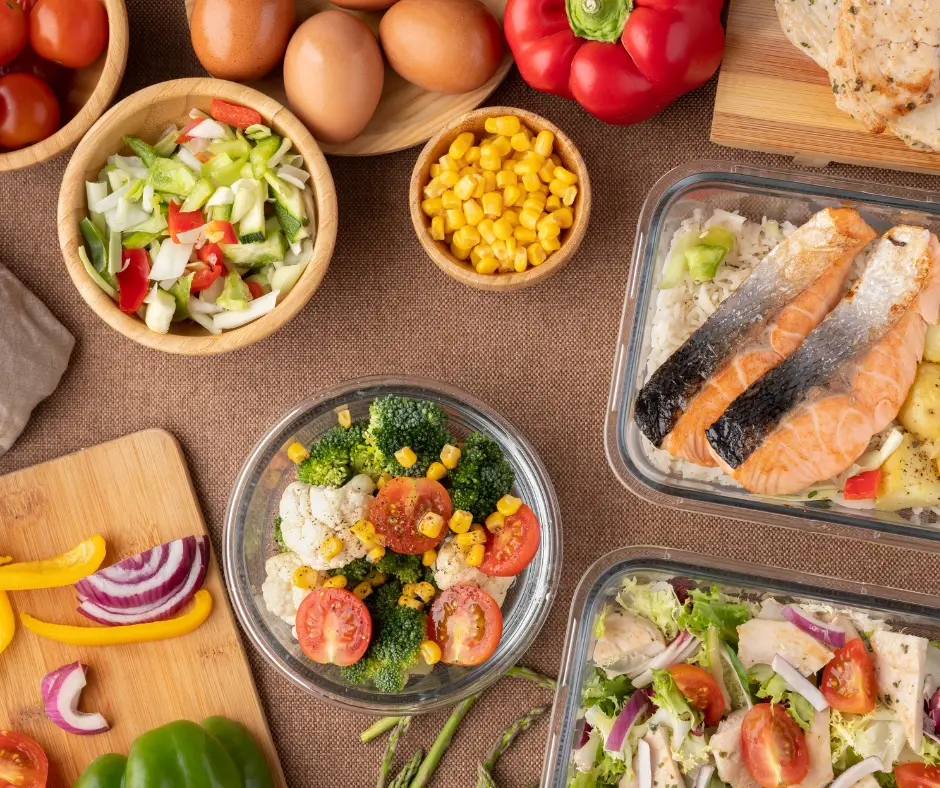7-Day Keto Meal Plan PDF – Grab Your Free Copy Now!
After purchasing the Effortless 5-Ingredient Keto Cookbook for Beginners: Quick, Delicious Recipes & Simple Meal Plans for Healthy Living, you will gain access to a convenient 7-day keto meal plan designed to simplify your journey into the ketogenic lifestyle.
This 7-day keto meal plan provides a structured approach to help you stay on track while enjoying a variety of flavorful dishes. More importantly, each day includes easy-to-follow recipes that require just five ingredients or less, making meal preparation both quick and hassle-free. Plus, with this thoughtfully curated plan, you’ll experience the benefits of low-carb eating and do so without the stress of extensive cooking or complicated recipes. So, dive into your keto adventure with confidence, knowing that delicious and nourishing meals are just a page away!
Download Now the 7-Day Keto Meal Plan in the link below!!
The 7-Day Keto Meal Plan With Grocery List
Day 1
Breakfast: Ham Omelet Muffins
Lunch: Kale Hemp Hearts Salad
Dinner: Cinnamon Salmon
Day 2
Breakfast: Eggs and Veggies
Lunch: Chicken Salad
Dinner: Stuffed Pork Loin
Day 3
Breakfast: Blackberry-Chia Pudding
Lunch: Tuna Avocado Salad
Dinner: Buttered Cod
Day 4
Breakfast: Kale Avocado Egg Skillet
Lunch: Keto Zucchini Chicken Enchilada Boats
Dinner: Herbed Chicken Skewers
Day 5
Breakfast: Scrambled Eggs With Salmon
Lunch: Bok Choy Stir Fry
Dinner: : Keto Creamy Meatballs
Day 6
Breakfast: Almond Butter Pancakes
Lunch: Pumpkin Bake
Dinner: Cheesy Broccoli Chicken
Day 7
Breakfast: Breakfast Beef Bowl
Lunch: Steak Salad
Dinner: Cauliflower Casserole
Grocery List For The 7-Day Keto Meal Plan
Proteins:
Eggs: 1 dozen
Diced ham: ½ cup
Cured salmon: 2 ounces
Ground beef: 2 pounds
Chicken breast: 1 pound
Rotisserie chicken: 4 ounces
Canned tuna: 1 can (5 oz)
Pork loin roast: 1½ pounds
Cod filets: 4 pieces
Bacon: 10 slices
Flank steak: 1 ounce
Dairy:
Heavy whipping cream: 2 cups
Cream cheese: 10 ounces (6 oz for stuffed pork
loin + 4 oz for cauliflower puree)
Shredded mozzarella cheese: 1 cup
Shredded cheddar cheese: 2½ cups (1¼ cups for
various recipes)
Almond butter: 2 tablespoons
Vegetables:
Spinach: 6–8 cups (for stuffed pork loin and other
recipes)
Kale: 2 cups (for salad and skillet)
Mushrooms: ~10 cups (for various recipes)
Zucchini: 1 medium
Bok choy: 2 cups
Cauliflower: 1 small head
Broccoli florets: 2 cups
Tomato: 1 large
Onion: 3 (1 yellow for breakfast, 1 for salad, and
small onion for casserole)
Red onion: 2 tablespoons
Radishes: a few for salad
Garlic cloves: ~10 cloves (for various recipes)
Fruits:
Avocados: 5 (½ for salad, others for various meals)
Blackberries: ½ cup (for pudding)
Strawberries: ~1 cup (for fat bombs and panna cotta)Blueberries: ~1 cup (for tarts)
Nuts and Seeds:
Hemp hearts: 3 tablespoons
Chia seeds: ~¼ cup
Almond flour: ~⅓ cup
Flax seeds or ground flaxseed: ~½ cup
Whole almonds: ~½ cup
Pantry Items:
Olive oil: at least 1 cup (for various recipes)
Coconut oil: at least ¾ cup
Butter: ~2 sticks (for various recipes)
Vegetable broth or chicken broth: ~¾ cup
Dijon mustard: ~1 teaspoon
Mayonnaise: at least ~8 tablespoons
Pickles: ~½ cup chopped non-sweet pickles
Seasonings:
Salt and pepper to taste
Garlic powder
Onion powder
Smoked paprika
Allspice
How to Meal Plan for the Keto Diet
Embarking on a ketogenic (keto) diet involves strategic meal planning to ensure adherence to low-carbohydrate, high-fat nutritional goals. Effective meal planning not only simplifies daily food choices but also supports sustained ketosis and overall well-being. Here’s a comprehensive guide to help you navigate keto meal planning:
Understand the Keto Diet Fundamentals
The keto diet emphasizes high-fat, moderate-protein, and very low-carbohydrate intake. This macronutrient distribution shifts the body into ketosis, where fat becomes the primary energy source. Typically, the diet comprises approximately 70-75% fats, 20-25% proteins, and 5-10% carbohydrates.
Stock Up on Keto-Friendly Staples
Maintaining a well-stocked pantry and refrigerator with keto-appropriate foods is essential:
- Proteins: Meat, poultry, fish, eggs, and plant-based options like tofu.
- Fats: Avocado, nuts, seeds, olive oil, coconut oil, and butter.
- Low-Carb Vegetables: Leafy greens, broccoli, cauliflower, zucchini, and peppers.
- Dairy: Full-fat cheese, unsweetened yogurt, and cream.
- Condiments: Herbs, spices, vinegar, and sugar-free sauces.
Plan Balanced Meals
Design meals that align with your macronutrient targets:
- Breakfast: Spinach and cheese omelet cooked in butter.
- Lunch: Grilled chicken salad with mixed greens, avocado, and olive oil dressing.
- Dinner: Baked salmon with a side of roasted Brussels sprouts tossed in coconut oil.
Incorporate a variety of foods to ensure a broad spectrum of nutrients.
Batch Cooking and Meal Prep
Allocate time for meal preparation to enhance convenience:
Batch Cooking: Prepare large quantities of keto-friendly dishes and store them for quick meals throughout the week.
Portioning: Divide meals into individual servings to control portions and macronutrient intake.
Storage: Use airtight containers to keep meals fresh and easily accessible.
Incorporate Keto-Friendly Snacks
Having suitable snacks on hand can prevent deviations from the diet:
Nuts and Seeds: Almonds, walnuts, and chia seeds.
Cheese: Cheddar cubes or string cheese.
Vegetable Sticks: Celery or cucumber with cream cheese.
Olives: A handful of olives for a savory treat.
Stay Hydrated
Adequate hydration supports metabolic processes and overall health:
Water: Aim for at least 8 cups daily.
Electrolytes: Consider electrolyte-rich beverages, especially during the initial phase of the diet.
Monitor Macronutrient Intake
Utilize tools and apps to track daily consumption:
Food Diaries: Record meals and snacks to maintain accountability.
Nutrition Apps: Use applications designed to calculate macronutrient ratios and track progress.
Adjust Based on Progress
Regularly assess how your body responds to the diet:
Energy Levels: Monitor changes in vitality and adjust food choices accordingly.
Weight Management: Track weight and body measurements to ensure alignment with health goals.
Ketosis Monitoring: Consider using ketone testing methods to confirm adherence to the diet.
Seek Professional Guidance
Consult healthcare providers or dietitians for personalized advice:
Medical Consultation: Ensure the keto diet aligns with individual health conditions and medications.
Dietitian Support: Receive tailored meal planning assistance and nutritional education.
By implementing these strategies, meal planning for the keto diet can become a manageable and rewarding endeavor, facilitating a sustainable lifestyle aligned with your health objectives.
More about the Keto diet
Free Keto Diet Menu Plan: 3 Days With Recipes
Chicken Broccoli Casserole 5 Ingredient














